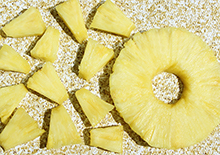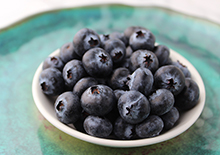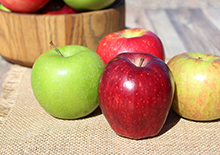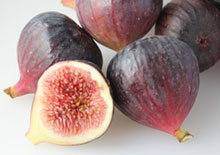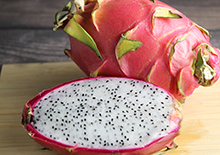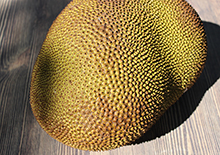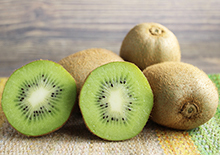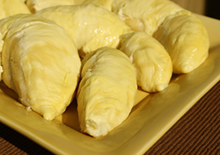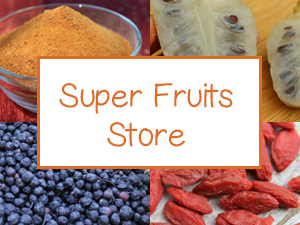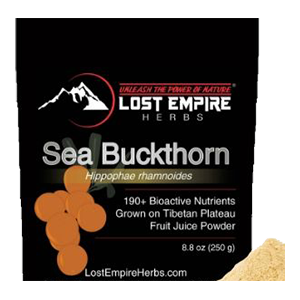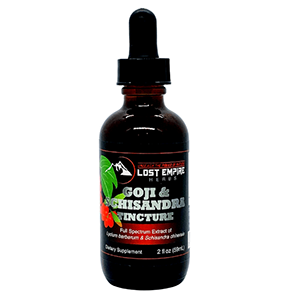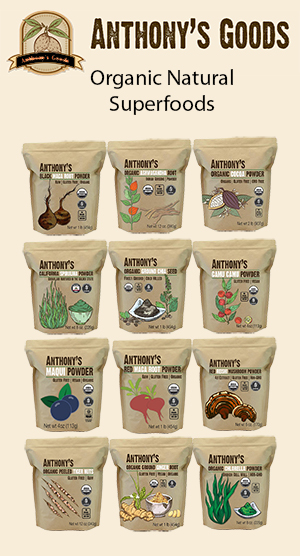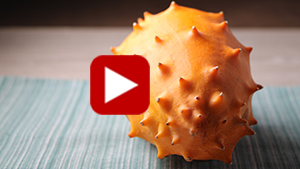- Home
- Super Fruits
- Kiwano Melon
8 Things About Kiwano Melon
What is Kiwano Melon? | Features and Habitat | When Is Ripe | Texture | Taste | How to Eat | Nutrition | Overall Review | Precautions
1) What is Kiwano Melon?
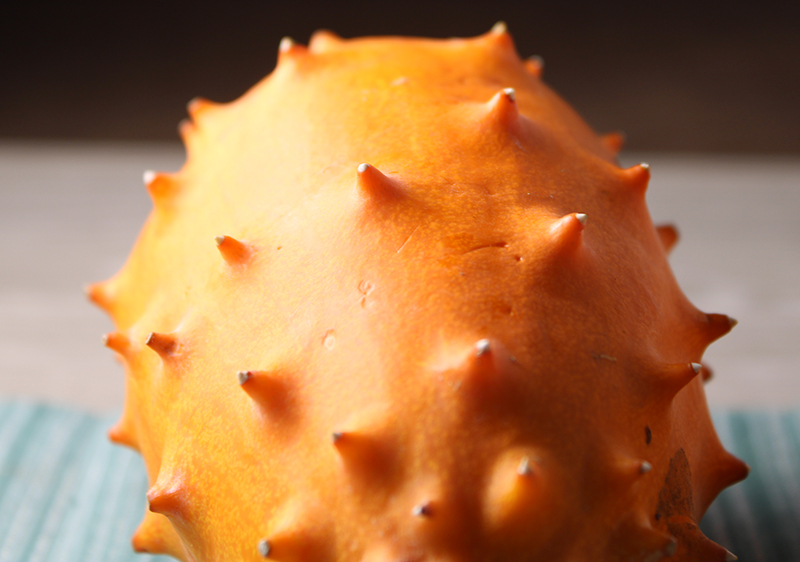
Kiwano melon (Cucumis metuliferus) is an unusual looking melon variety that you may have noticed in the tropical fruit section of your local market next to dragon fruit, jackfruit or star fruit.
It is frequently called African horned cucumber which simultaneously identifies its place of origin. Likewise, it is jokingly referred to as "cuke-a-saurus" because of its cross resemblance to a lemon cucumber and a type of back-spiked dinosaur.
2) Features and Habitat
Kiwano fruit, like other melons, is a vine-growing plant. Its size averages about 6 inches (15 cm) long and 4 inches (10 cm) wide.
It grows naturally in the harsh dry climates of the Kalahari Desert, its native habitat.
Its thick skin and pokey spikes protect the interior flesh and provide little legs for aeration and mildew prevention.
3) When It's Ripe
Kiwano skin is green when immature and turns a bright yellow-orange color when ripe. If you squeeze the fruit slightly, a ripe one will have some give to it rather than being rock hard.

4) Fruit Texture
What does the inside look like? Not as you might think. The fleshy pulp is actually a lime-green color when mature. But one of the oddest things about kiwano is that there are so many small oval seeds.
They are a little on the chewy side, similar to pomegranate seeds. We would say they are edible, however, they're not exactly palatable. The fruit pulp, also like pomegranate, is a sac that surrounds the seed itself.
Many describe it to have a jelly-like consistency, but we found it to have a slimier less firm mouthfeel than pomegranate. The gelatinous seeds are also floating in some juice.
5) Kiwano Melon Taste
Our taste test of kiwano horned melon fruit was very similar to how others describe it. The first taste to hit the tongue is a strong banana-type flavor.
The second is a sour kiwi-like taste. It is mostly tart with a hint of sweetness and a slightly bitter aftertaste.
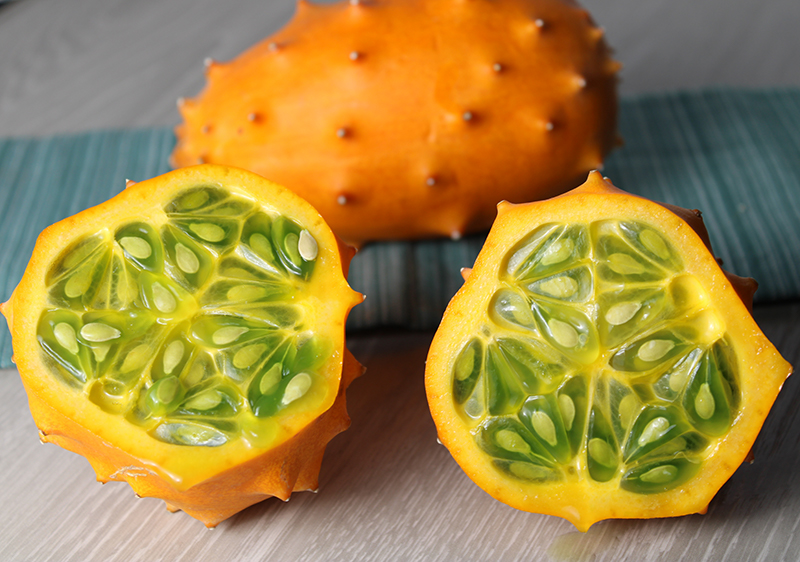
6) How to Eat a Kiwano
This is the tricky part. While the intriguing look of this horned melon might temporarily capture one's attention, we are not quite into this fruit for the reason that it is not an easy one to consume. That’s because there are many seeds that are better removed.
Our preferred method was to cut the fruit in half and eat it by the spoonful. The skin is tough and inedible but relatively soft to cut through. As you scoop it out you will notice a thicker fibrous orange piece in the center. The seeds can be squeezed out of this with your hands.
You can remove the flesh by sucking it off the seed in the mouth. We prefer to spit out the seed. Some sources advise straining the fleshy seeds through cheesecloth to remove the pulp. We tried this method but it wasn't as easy as it sounded and you need very fine cheesecloth. This produced a kind of kiwano juice with pulp.
About half a fruit makes approximately one to two ounces of pulpy liquid.
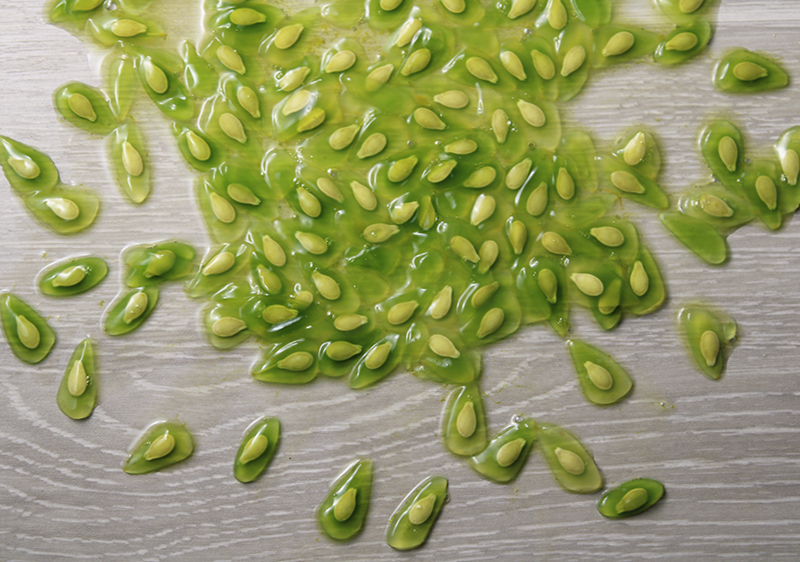
7) Kiwano Nutrition
According to some science, the Cucumis metuliferus species has some medicinal properties because of the jelly's SAPONIN content mainly in the form of CUCURBITACINS. These are bitter substances also found in the common cucumber.
Plant-specific saponins are found in many superfoods and tonic herbs, which give them different health-enhancing qualities. They are all foaming agents that develop a froth when boiled or blended.
Although there isn't a whole lot of research on kiwano melon, one study indicates its antimalarial activity on mice tested.
The melon is a source of various minerals and of course VITAMIN C.
8) Our Overall Review
While it can be a conversation starter, it's not exactly a superfruit, unless you happen to be living in the Kalahari Desert. In this case it can be a life-saving hydrating food source in times of food scarcity.
Why is it available next to rare or tropical fruits, like the red banana? We ultimately feel its marketing is due to its rather unusual appearance not really because of its taste and texture.
In our personal experience with the kiwano melon, it is way too seedy and not all that palatable. Yes, it can be refreshing to eat or drink if you squeeze the seeds out. But for the high cost especially here in the U.S., is it really worth it?
If you like cucumbers or other types of melon, we would stick with those. You get more taste as well as dietary fiber.
Precautions:
Avoid kiwano melon if you have allergic reactions to species in the melon family. Consult your healthcare professional before consuming kiwano if pregnant, nursing, taking medications, or if you have a serious medical condition.

